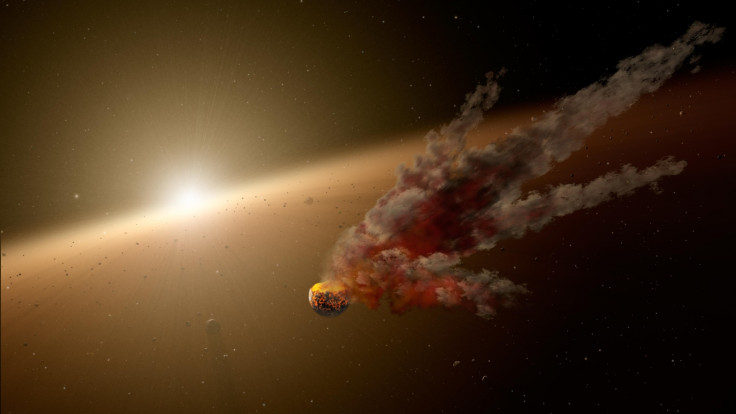How would Earth cope if an asteroid threatened to wipe out mankind?
European Space Agency launches first ever asteroid impact exercise

The European Space Agency (ESA) has launched its first exercise to examine how the world would cope if an asteroid was on collision course with planet Earth.
Experts from the ESA's Space Situational Awareness programme and Europe's national disaster response organisation met for the two-day exercise.
Researchers went through a countdown to impact, practising steps that would be taken if near-Earth objects (NEO) of various sizes were detected approaching Earth.
Experts explored the possible threat that would be posed if an asteroid ranging between 12m and 38m in size – roughly the size of the 2013 Chelyabinsk airburst – was hurtling towards earth at 12.5km per second.

Teams were challenged to decide what should happen at five critical points: 30, 26, five and three days before impact; and one hour after impact.
They also examined questions such as: how should Europe react? Who would need to know? What type of information should be distributed and to whom?
Detlef Koschny, head of NEO activities at the Space Situational Awareness office, said: "There are a large number of variables to consider in predicting the effects and damage from any asteroid impact, making simulations such as these very complex.
"These include the size, mass, speed, composition and impact angle. Nonetheless, this shouldn't stop Europe from developing a comprehensive set of measures that could be taken by national civil authorities, which can be general enough to accommodate a range of possible effects."
Gerhard Drolshagen, of the ESA's NEO team, explained that within about three days before an impact, experts would likely have good estimates about the mass, size, composition of an asteroid, and the location of its impact.
"All of these directly affect the type of impact effects, the amount of energy to be generated and hence potential reactions that civil authorities could take," he added.
The ESA's NEO team is working with international partners and organisations including the UN to help coordinate a global response to a potential future asteroid impact.
During the 2013 Chelyabinsk meteor explosion in Russia, more than 1,500 people were injured and 7,300 buildings were damaged by the intense overpressure generated by the shockwave that struck the Earth's surface.
© Copyright IBTimes 2025. All rights reserved.





















